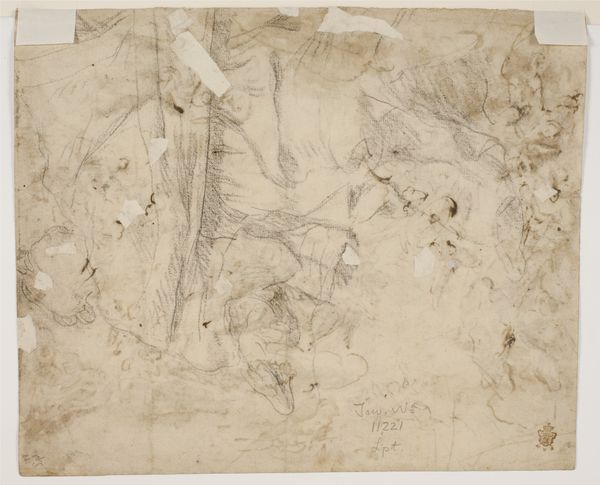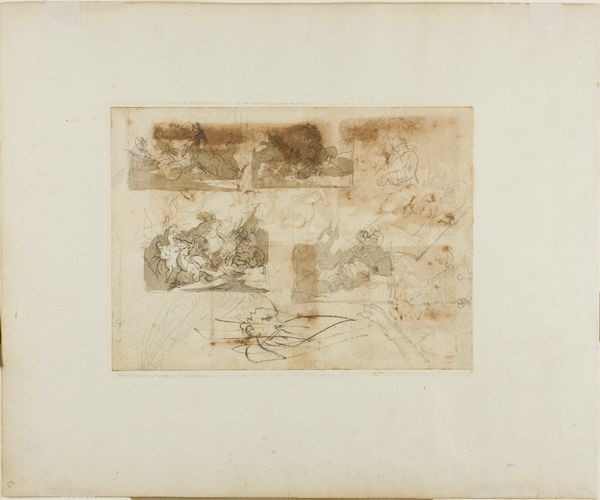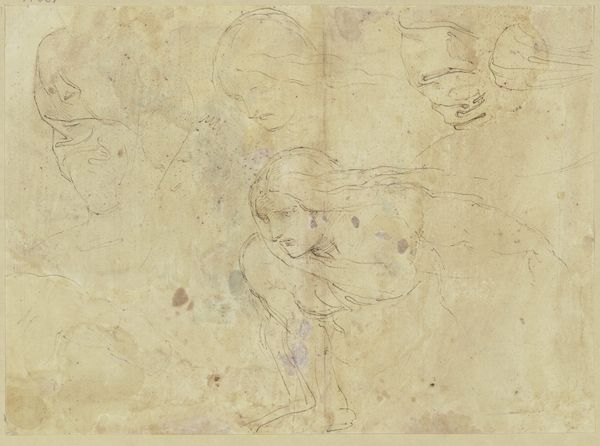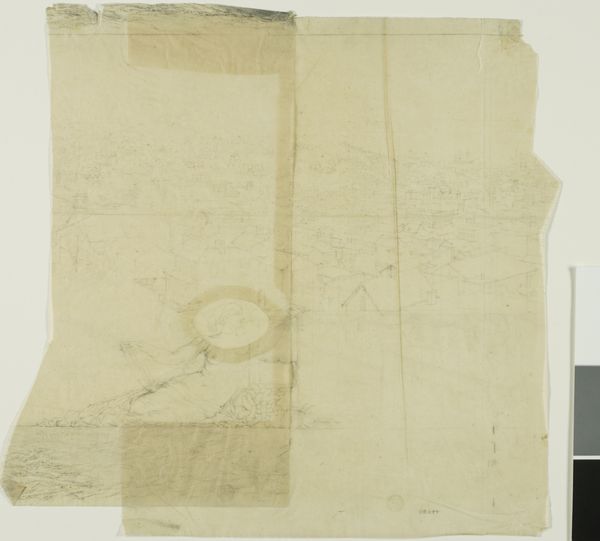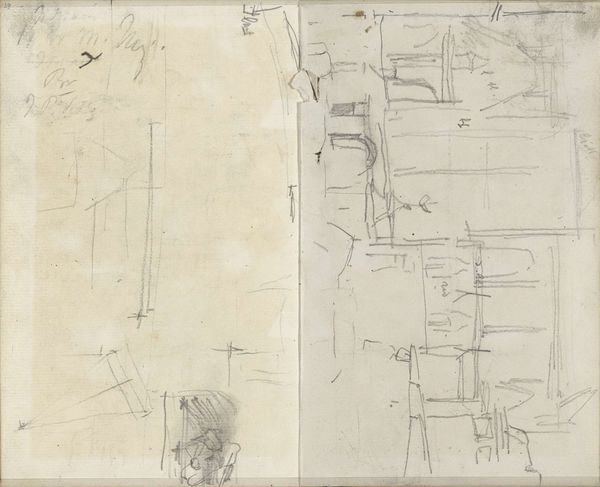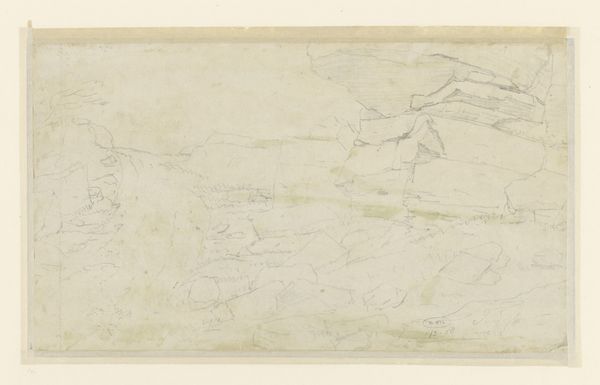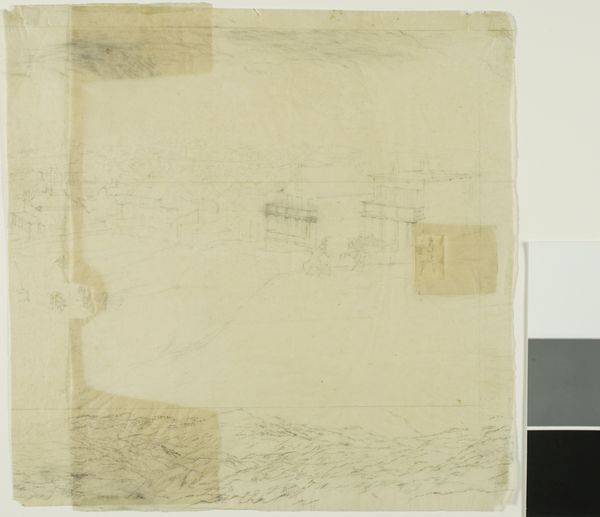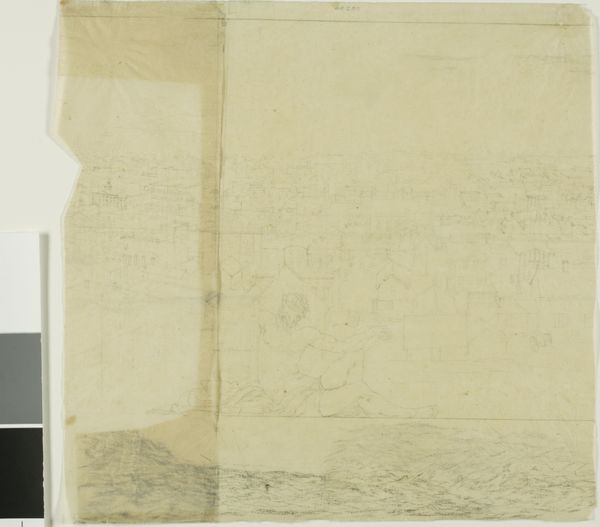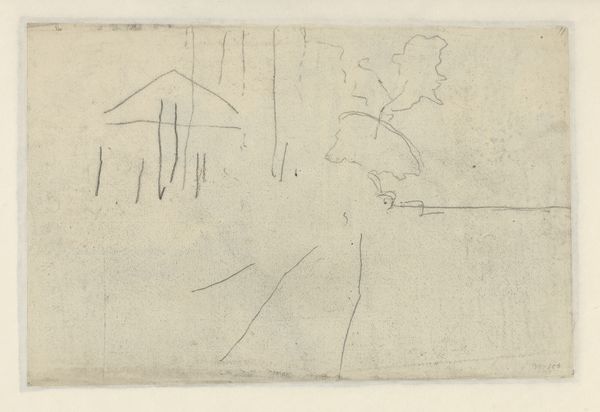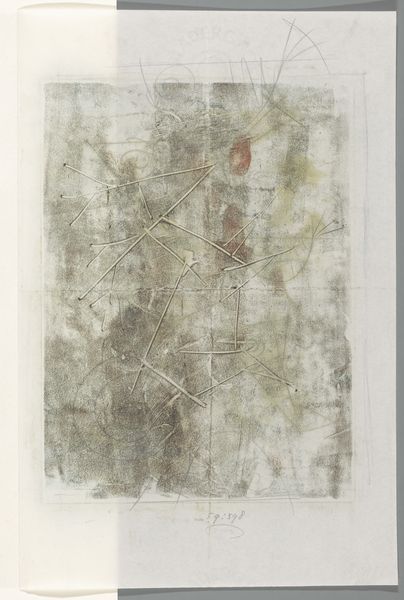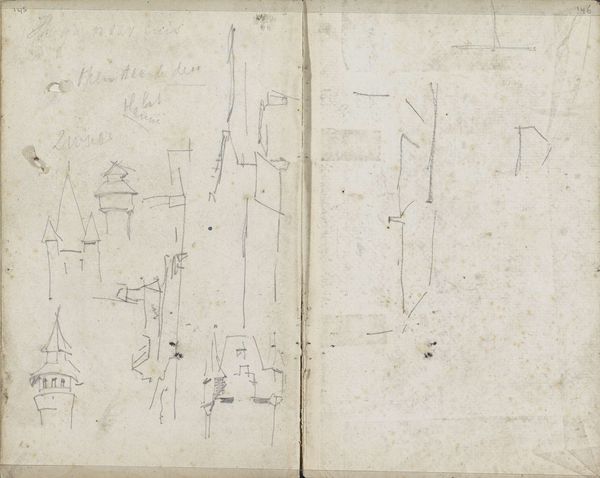
drawing, mixed-media, coloured-pencil, chalk, graphite
#
drawing
#
mixed-media
#
coloured-pencil
#
baroque
#
landscape
#
coloured pencil
#
underpainting
#
chalk
#
graphite
#
mixed media
#
watercolor
Copyright: Public Domain
Curator: The way these early marks peek through layers of colour, like whispers of a dream. It feels like glimpsing the chaotic energy of creation itself, doesn’t it? Editor: I see labour. "The Triumph of Bacchus" by Johann Viktor Platzer, dating back to around 1625, presents an interesting study in materiality. Graphite, chalk, coloured pencils, watercolour... the mixed media here really points to a layered process, almost a conversation happening between the artist and the available resources. Curator: A conversation... yes, I love that. The blush of colour against the charcoal depths...it's almost volcanic. It is interesting he worked on what looks like two sheets of paper that are clearly glued together... What kind of landscape were these early adopters seeking to tame? Editor: You bring up landscape and "taming". Thinking about the materiality, how readily available, how expensive were these pigments at the time? The graphite would be the more accessible component, the coloured pencils indicating another level of expenditure, and perhaps social class of patronage...what was Bacchus really triumphing over? I see wealth inscribed within layers. Curator: Mmm, and it also does resemble some sort of alchemical formula with one side seeming dark while the other explodes in blush hues as though hinting at a materialist interpretation of transcendence from base matter into gold or the opposite, but I agree the drawing's value itself and how it was made seems integral to it as an artwork here too! The Baroque loved its paradoxes! It is kind of remarkable how he mixed a relatively humble medium like coloured pencil in this mixed media sketch. Editor: And watercolour too, an easy to come by water based paint! This raises so many questions. What was Platzer seeking with these techniques? A quick practice study on paper perhaps or the underpainting of a much larger work to follow. We could analyse the material history as a signifier and challenge some traditional values about this historical piece! What matters here, beyond Platzer's aesthetic or philosophical intention, is this evidence of human ingenuity to fashion his images with such accessible things at hand to construct "triumph". Curator: It’s so interesting to ponder this. I will now think differently about how "finished" works become so polished that people dismiss how everyday tools became something divine or thought provoking at the very least, but something beautiful and memorable indeed. Editor: Absolutely! The artwork becomes a testament to human engagement with, and manipulation of, earthly elements!
Comments
No comments
Be the first to comment and join the conversation on the ultimate creative platform.

